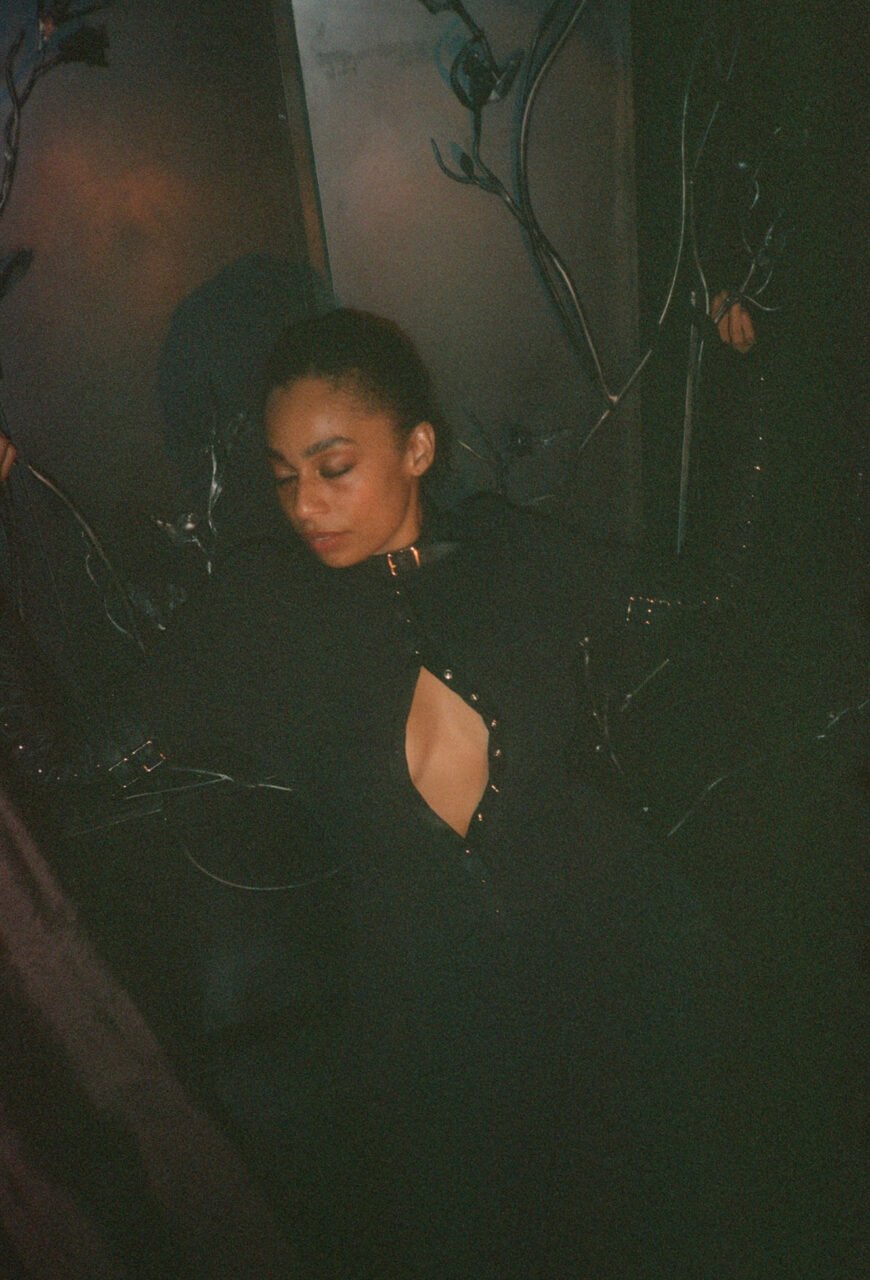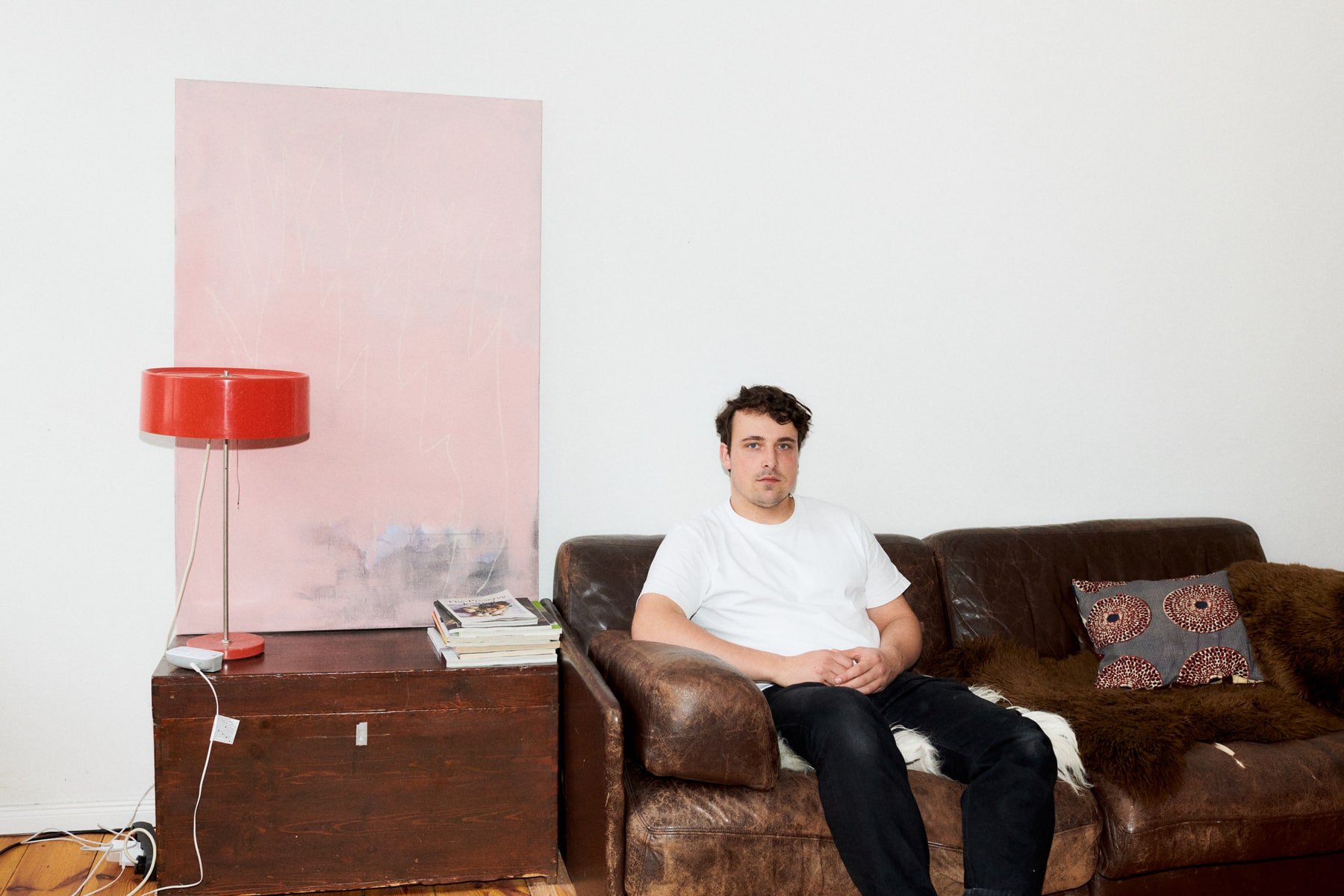London: At 30 years old, Celeste Epiphany Waite’s mezzo-soprano voice and versatile groove are redefining the landscape of alternative soul and jazz. Infusing her lyrics with an enigmatic, almost uncanny tone, her verses fade away in a soft breath. The young British musician caught the attention of a manager at only 16 when she was publishing songs on YouTube and Soundcloud. She quickly lent her voice to other artists before releasing her debut album, Not Your Muse, with Polydor Records in 2021, which clinched the number one spot on the UK album chart. Her single, ‘Strange’, marked a chart breakthrough, leading to a BRITs Rising Star Award. But the only award Celeste truly cares about is the Ivor Novello for best songwriter she got in 2021, a recognition many of her favourite songwriters have received. She has contributed to the soundtracks of major projects such as Pixar’s Soul, Netflix’s The Trial of the Chicago 7 (whose soundtrack received an Oscar nomination), as well as starred in a John Lewis Christmas advert, consistently allowing her fanciful personality to shine through. With an upcoming role in Blitz, Steve McQueen’s new historical drama, Celeste continues to expand her artistic scope. She is currently recording her second and eagerly awaited album, Woman of Faces, having spent the past two years working through questions of femininity, authenticity, and the ever-changing parts of ourselves. Her inspirations—from the lyricism of ANOHNI and the Johnsons and Irish post-punk band Fontaines DC to iconic American pianist Oscar Levant and the artists belonging to, what she calls, the ‘modern internet aesthetic’—reveal a wild range, much like the visible influences she has in her home. We meet to discuss the project at her house in East London. The singer is something of an archivist; her home, like her music, is filled with relics from the past. Items that seem to provide her with a mystical protection from the outside world. Ancient theatre masks, leather notebooks, fabulous music video costumes, or Mexican sacred heart charms—stepping into this space feels like entering a museum of Celeste’s thoughts.
This website uses cookies so that we can provide you with the best user experience possible. Cookie information is stored in your browser and performs functions such as recognising you when you return to our website and helping our team to understand which sections of the website you find most interesting and useful.





















 close
close











